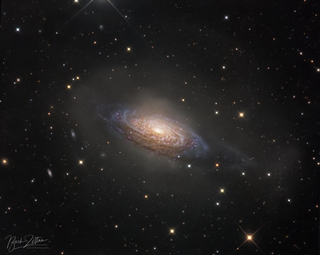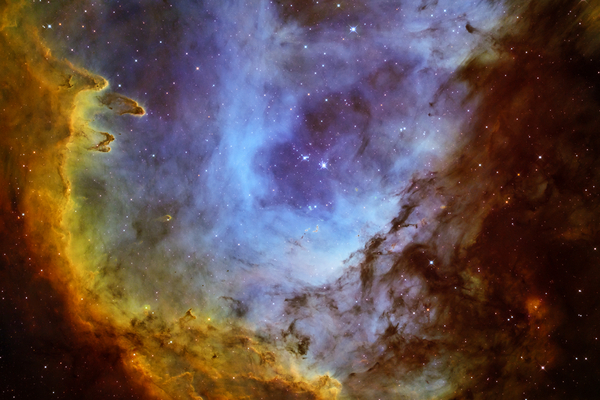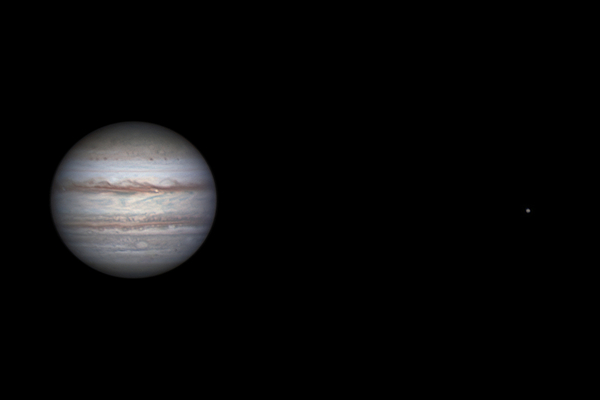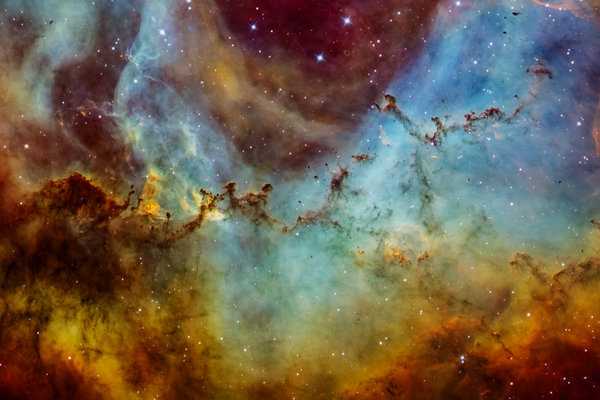Picture of the Month - June 2020 - Bubble Galaxy, NGC3521
A celestial object, like it's never been captured before from Hungary - photo by Zoltán Bach
A wonderful and special astrophotography image each month by Hungarian astrophotographers.
A hardly ever photographed celestial object
Astrophotographer Zoltan Bach’s image of the NGC3521 or Bubble galaxy is not only interesting as it depicts this unique celestial object in extraordinarily high quality, but also as it is the first of its kind of this amazing object from our country. Laszlo Bagi (MAFE) and Attila Sebestyen (MACSNET) called out for a community observation of this galaxy this March, awaiting black and white images from Hungarian amateur astronomers, which could be merged into a collective astrophoto. By the deadline, 11 amateur astronomers sent in raw material – our dear readers can see the joint image below.
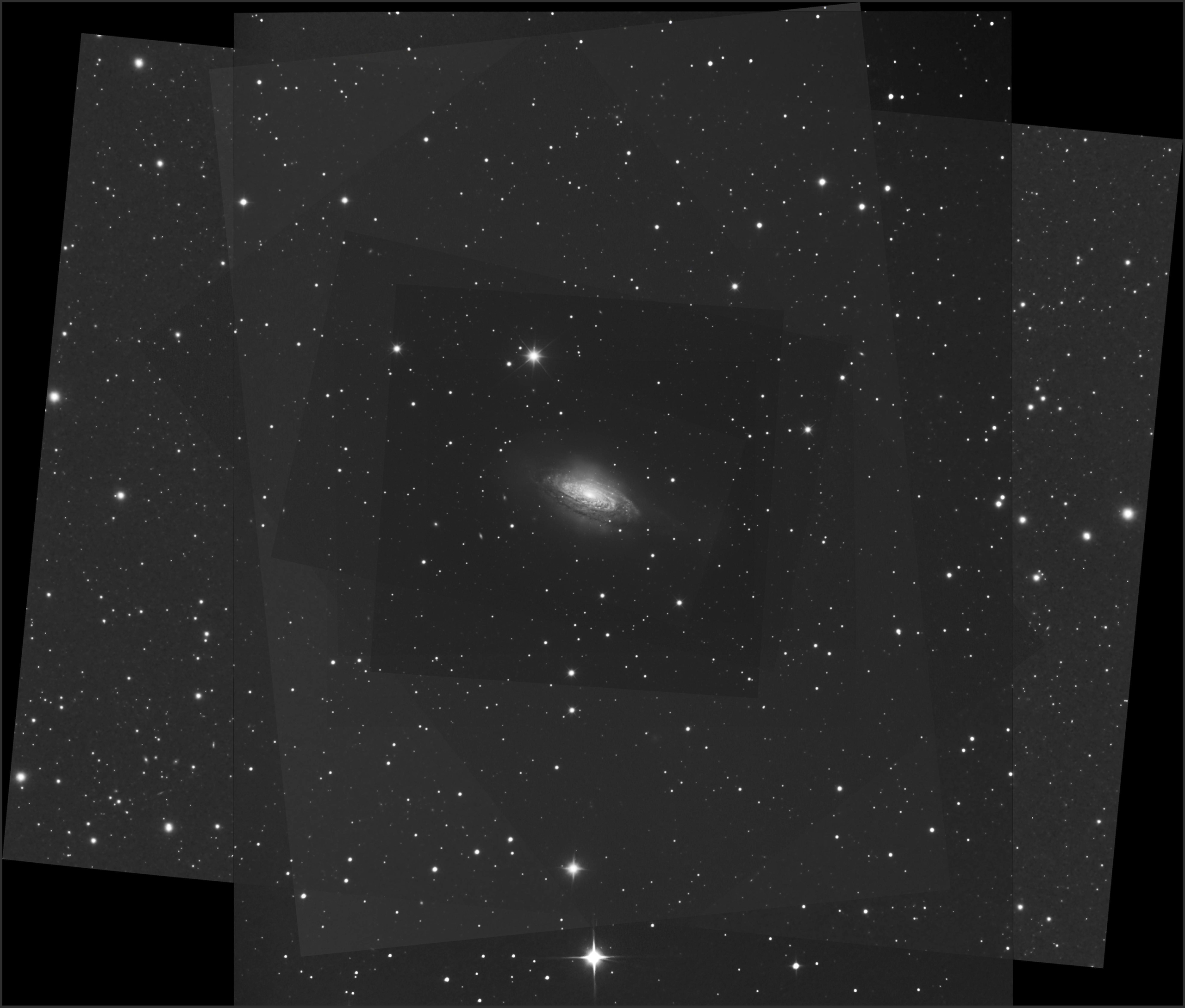
The unique photo
One of the submitted images, however, stood out – Zoltan’s color LRGB shot, which became incomparable among Hungarian galaxy photographs due to its depth and resolution.
The Bubble galaxy in the image is a spiral stellarcity in the Leo constellation, 26 million light years away from us. This celestial object seems very similar to other galaxies by the first blink, yet observed carefully, its distinctive qualities appear. Among others – it lacks its namesake spiral arms. Though the spiral structure is suspectable, in reality, it can only be speculated in the ripples of the disk of the galaxy. We call such objects „flocculent galaxies”. They can be recognized by their surface, resembling a ripe sunflower. NGC3521 is named, by no coincidence, the ”Sunflower of the Leo constellation”. The other characteristic is the extensive, structured halo around the galaxy, causing the object look like a cotton ball. This phenomenon could only be visible in the image due its extremely long and precise capturing process.
Photography and COVID-19
Taking the image coincided with the COVID-19 restrictions, which impacted events in a special way. We cannot forget about the technical details either, of course – but let’s read the brief summary of the author about them both:
I turned my attention to the NGC3521 galaxy, previously unknown to me, due to a call. Being a relatively small object compared to the field of view of the usual astrophotography equipment, I thought about some other possibilities I have. I have already tried my 20 cm diameter, long focus, classic cassegrain telescope for photography, but the original F/12 brightness resulted in a very soft image. Then I came up with the idea to reduce the focus with a reductor, but I only had my Newton-optimized ASA 0.73 corrector at home to use. Looking back, it wasn’t a bad idea to choose this. I need to add, that, however much COVID-19 took away from being able to go outside,it gave back the same amount for image taking. I’ve never seen such clean, transparent skies from Vecsés as that set in with the disappearance of planes and other polluting dusts during the time of the pandemic.
The image was taken from Vecsés, near the Liszt Ferenc International Airport, from the Eastern side of Budapest – a much more light-polluted area than where such images can usually be taken from. Owing to the reduced car traffic and to professional equipment, a remarkable shot was taken from a total of 24 hours of exposure.
Zoltán Bach

